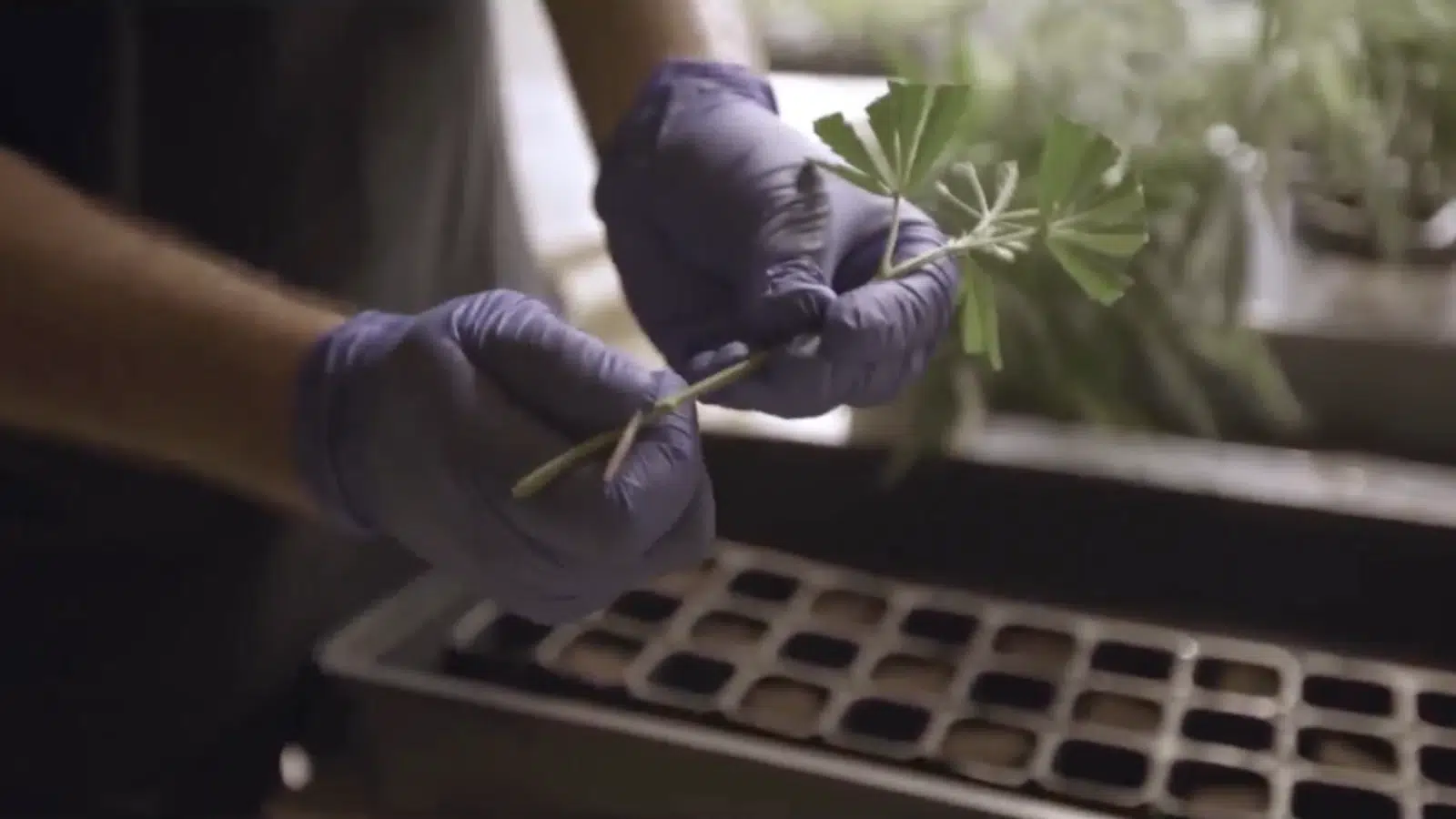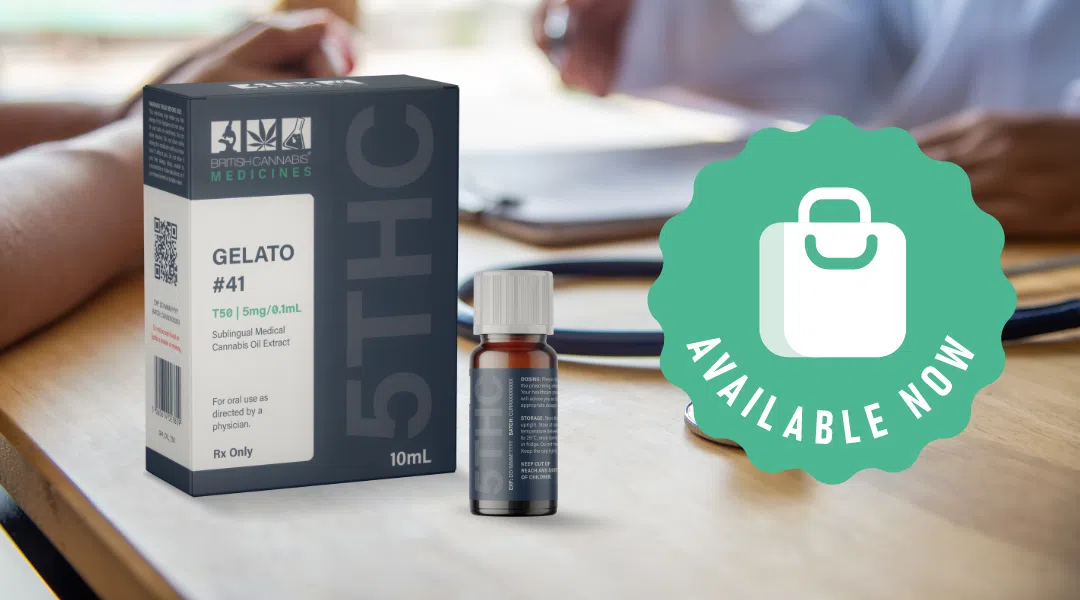
Cannabis Monograph Published by European Pharmacopoeia Commission – Notable Shifts Around the Corner for Medical Cannabis in Europe
The European Pharmacopoeia Commission has just made a historic move that has countless eyes in the medical cannabis sector wide open. June marked the release of the first-ever monograph pertaining to a cannabis flower, an extensive manuscript that sets the groundwork for the basic specifications of this herbal medicine.
This game-changing milestone has positioned cannabis on the official modern pharmacopeia map, acknowledging its rising acceptance and significance across multiple jurisdictions.
Key Takeaways:
- The monograph, dissecting dried cannabis flower collection and processing, complements the General Monograph on Herbal Medicines.
- Medical cannabis producers must adhere to the fresh standards set out by the monograph.
- A webinar is anticipated in December 2023 revealing finer details of the monograph.
- The full implementation of this text is slated for July 1, 2024, paving the way for massive shifts in the cannabis landscape.
- Quality checks and tests will play a pivotal role as they determine cannabinoid contents, heavy metals, foreign material content and more.
The monograph’s online version is up for grabs, and it will cement its place in the upcoming Supplement 11.5 of the European Pharmacopoeia (Ph. Eur.) by January 2024.
The European Directorate for the Quality of Medicines and Healthcare (EDQM) has scheduled a member-exclusive webinar for December 14, 2023, giving a detailed presentation on this breakthrough. The community eagerly waits for this unveiling, with full text implementation just months away on July 1, 2024.
The EDQM claims that the new-age monograph integrates critical suggestions from diverse national authorities concerning cannabis use in their territories. It lays down stricter boundaries for arsenic, cadmium, and lead levels, particularly when the plant is prescribed for patients.
Impact on the European Medical Cannabis Realm
Europe-based cannabis producers or exporters must now meet a new set of standards. The monograph will lead to more explicit yardsticks for cannabis chemotype classification, in addition to establishing specific test requirements for vital elements like cannabinoid content, heavy metals, and more.
Tom Ulanowski, chairperson of C-45 Board of Directors Quality Association, a delegate body representing Canada’s cannabis industry, stated, “The inclusion of a monograph dedicated to cannabis emphasises its growing acceptance and provides necessary clarity to cannabis producers in Canada and around the world.”
Ulanowski also noted that the impending changes will necessitate cannabis analysis laboratories to overhaul their systems, bringing the latest developments on board by the coming summer.
The monograph’s impact is far-reaching. US Pharmacopeia, yet to publish its distinct cannabis-specific monograph, could have a lot to learn from this progressive move.
British Cannabis’s Take
The release of this monograph marks a pivotal moment in the history of medical cannabis, not only for the European and Canadian markets, but significantly for the global cannabis industry. It is a testament to the growing acceptance, understanding, and demand for this medicinal plant, carrying profound implications for companies and patients alike. The tight controls and regulations will inevitably lead to an increasingly safe and high-quality standard of products, further reinforcing the legitimacy and potential of this burgeoning market.
Share this post
Newsletter







